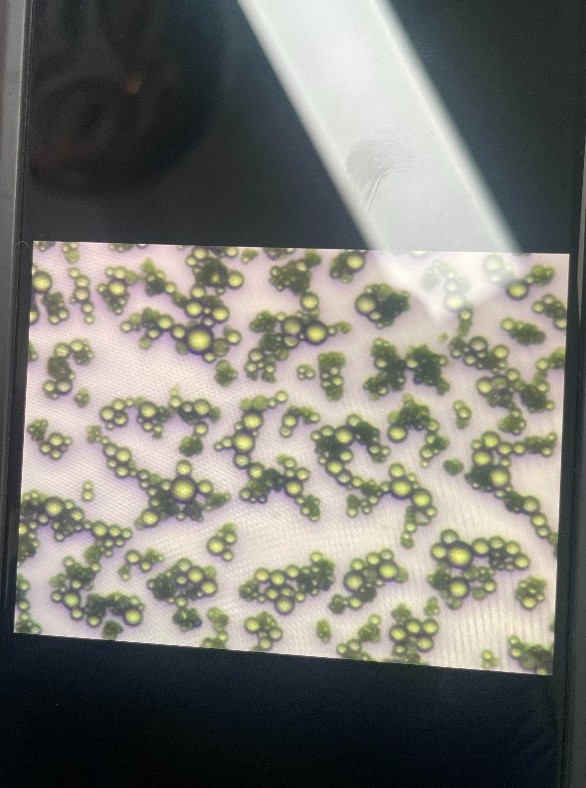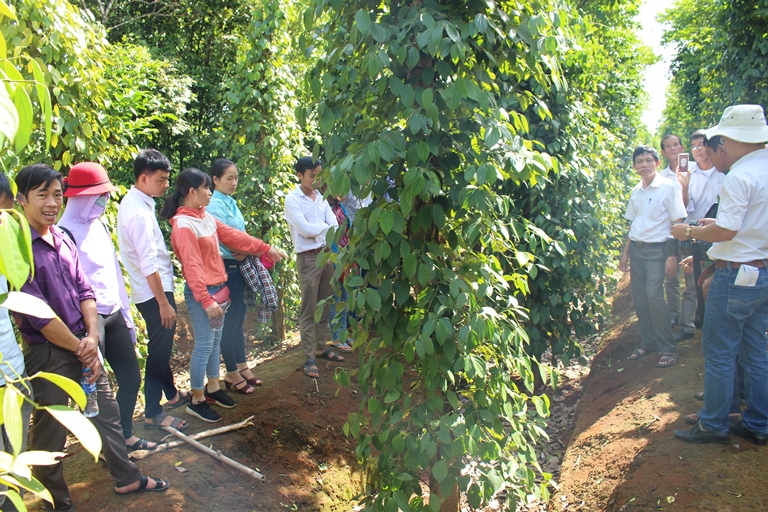
Quick Death and Slow Death Diseases on Pepper Plants: Causes, Symptoms and Prevention
Quick Death and Slow Death Diseases on Pepper Plants: Causes, Symptoms and Prevention
1. Introduction
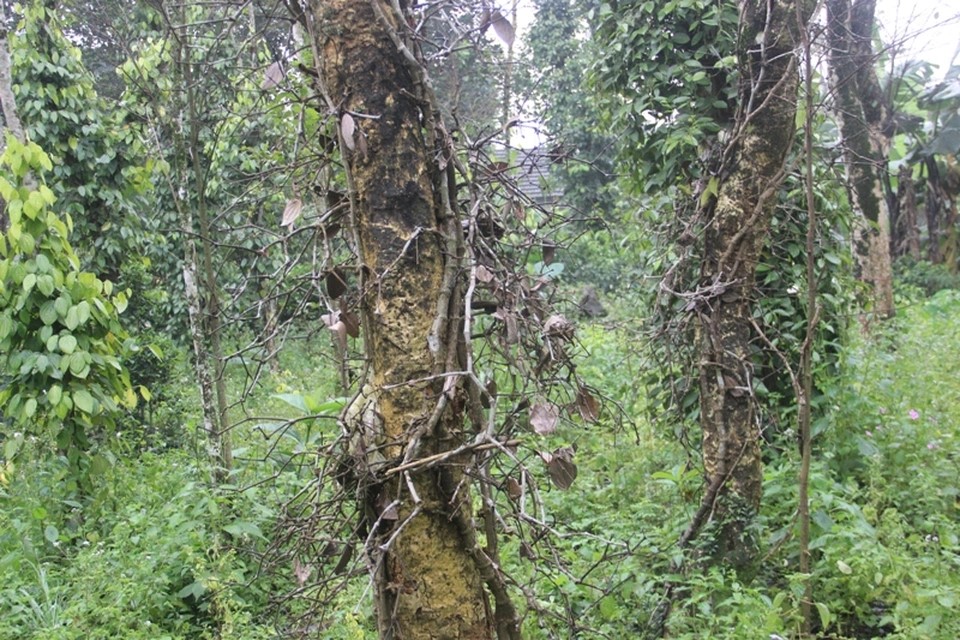
Pepper (Piper nigrum) is one of the main industrial crops in Vietnam, bringing high economic value to farmers. However, during cultivation, pepper plants have to face many serious diseases, the most notable of which are quick death and slow death diseases. These diseases cause great losses in productivity and seriously affect the income of pepper growers.
Quick death and slow death diseases on pepper plants are caused by fungi, bacteria and unfavorable environmental conditions. This article will analyze in detail the causes, symptoms and prevention measures to help farmers protect pepper plants effectively.
2. Quick death disease
2.1. Causes
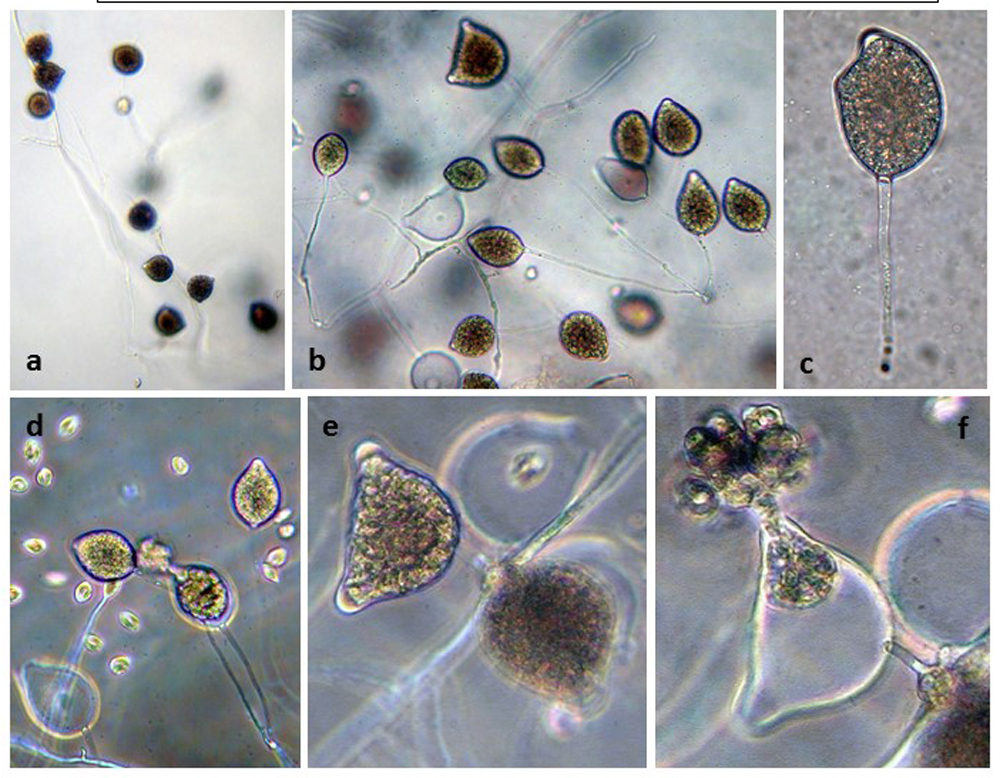
Quick death disease on pepper plants is mainly caused by the fungus Phytophthora capsici. This fungus thrives in humid conditions, especially during the rainy season, when the soil is moist and the temperature is not too high. The disease spreads rapidly through irrigation water, contaminated soil or infected plant residues.
2.2. Symptoms
Symptoms of quick wilt disease often appear suddenly, pepper plants can die within just 7-10 days after infection:
- • Leaves: Initially, leaves wilt quickly, turning from green to yellow and then falling off, just a few days after infection.
- Trunk: Black rot spots appear on the trunk, the disease gradually spreads upwards, causing the plant to weaken and die. The base of the diseased trunk is often soft and shows signs of rotting.
- Roots: The roots rot, losing the ability to absorb water and nutrients, causing the plant to wilt quickly. The fibrous roots often die first, then the disease spreads to the main roots and kills the entire plant.
- Pepper fruit: The disease can also cause young fruit to fall off and seriously reduce yield.
2.3. Conditions of occurrence
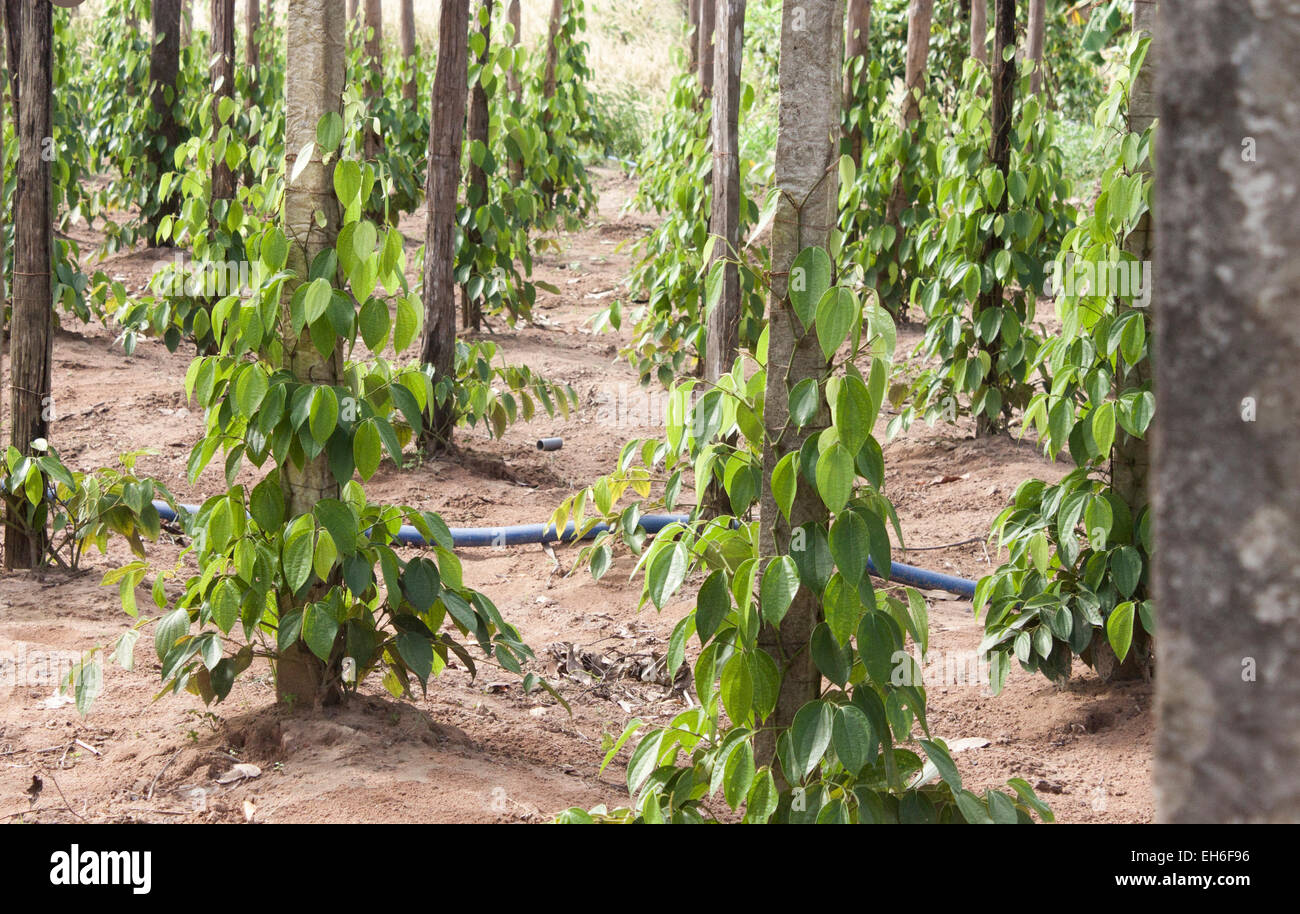
Swift wilt disease occurs and develops strongly in conditions of heavy rain and high humidity, especially in pepper growing areas with poor drainage systems. If the pepper growing soil is always wet and water cannot drain, the risk of wilt disease will increase significantly.
2.4. Harm
Swift wilt disease is one of the main causes of great losses in pepper production. When plants die quickly, pepper harvest can decrease by 70-80%, causing heavy economic losses. In addition, if not treated promptly, the disease can spread and kill the entire pepper garden in a short time.
2.5. Control measures
To prevent rapid wilt disease, it is necessary to apply effective cultivation and disease management measures:
- Good drainage: Ensure that the drainage system in the pepper garden works well, avoid prolonged flooding, especially during the rainy season.
- Plant disease-resistant varieties: Choose pepper varieties with good disease resistance to minimize the risk of infection.
- Balanced fertilization: Provide adequate and reasonable nutrition, especially potassium and calcium, to help pepper plants grow healthily and increase their resistance to disease.
- Use fungicides: When detecting diseased plants, fungicides containing active ingredients such as Metalaxyl or Fosetyl-Al can be used to prevent Phytophthora fungi. Products containing active ingredients such as Metalaxyl, SCORTLAN 80WP M45 ẤN, Tatsu 25WP
3. Slow death disease
3.1. Causes
Slow death disease on pepper plants is mainly caused by a combination of many harmful agents, including Fusarium sp., Rhizoctonia solani, Sclerotium rolfsii, and Ralstonia solanacearum bacteria. The disease develops slowly and gradually kills the plant. The conditions for the disease are often related to the weakening of the plant due to improper cultivation techniques, lack of nutrition or unsuitable soil conditions.
3.2. Symptoms
Slow death disease often progresses slowly and is difficult to detect in the early stages:
- Leaves: Plants with slow death disease show signs of yellowing, wilting, young leaves gradually becoming smaller, and stem segments becoming shorter. Diseased leaves do not fall off immediately but wither slowly, which can last for many months before the plant dies completely.
- Trunk: The trunk has dark, cracked lesions. The base of the tree becomes weak and vulnerable.
- Roots: The main and secondary roots rot and are no longer able to absorb water and nutrients. This causes the pepper plant to gradually wither and die. This process occurs slowly and often lasts for a long time, from several months to a year.
3.3. Conditions for occurrence
Slow death disease often occurs in pepper gardens grown on poorly drained soil, sandy soil, poor soil or degraded soil. In addition, nutritional deficiencies, especially potassium and trace elements, also weaken pepper plants and make them susceptible to slow death disease.
3.4. Harmful effects
Slow death disease does not cause damage as quickly as quick death disease, but its impact is also very large. Pepper plants with slow death disease will gradually reduce productivity, poor quality fruit, plants will die slowly and can last for years if not intervened. The disease is also easily spread through roots and soil, increasing the risk of widespread infection.
3.5. Preventive measures
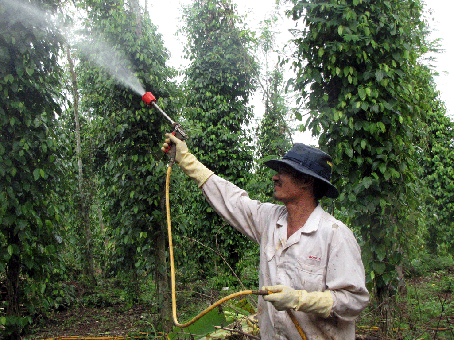
Preventing slow death disease requires proper land management, nutrition and plant care measures:
- Soil improvement: Improve soil conditions by adding organic fertilizers and lime powder to increase porosity, improve drainage and help plants grow better.
- Proper fertilization: It is necessary to provide adequate nutrients, especially potassium and trace elements, to help pepper plants grow healthily and increase their resistance to disease.
- Irrigation management: Water properly, avoid overwatering leading to waterlogging. During the rainy season, good drainage measures are needed to prevent the spread of disease.
- Use of pesticides: Pesticides containing active ingredients such as Carbendazim, Mancozeb or Metalaxyl can be used to prevent slow wilt disease, combined with other farming practices.
4. Conclusion
Slow wilt and quick wilt are two serious diseases on pepper plants, causing great losses in yield and product quality. However, by applying proper farming practices, land management, proper irrigation and using disease-resistant varieties, pepper growers can effectively control and prevent the disease. This not only helps protect pepper gardens from the risk of disease but also contributes to improving economic efficiency in pepper production, ensuring sustainable and stable crop development.
Bình luận
Những bình luận mới nhất
